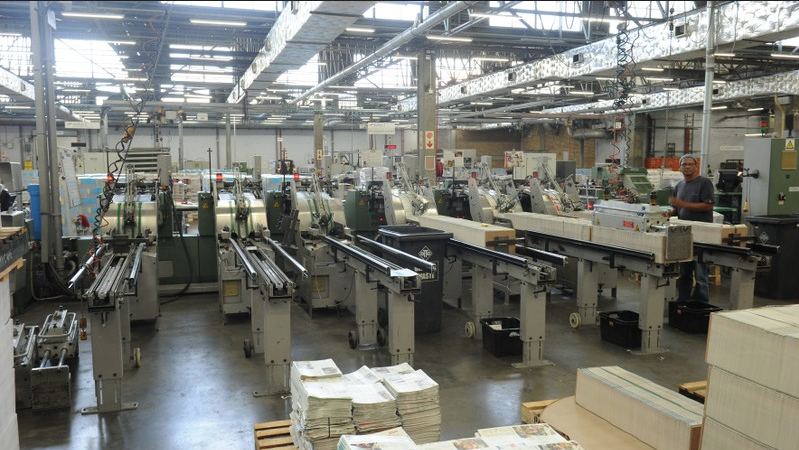Economic growth in South Africa will survive by a whisker from falling into contraction in the first quarter of 2024 after manufacturing output unexpectedly plunged to its lowest in two years on an annual basis.
Data from Statistics South Africa (Stats SA) yesterday showed that manufacturing production fell by 6.4% year-on-year in March, following a downwardly revised 4% increase in February.
This manufacturing print was worse than the expected 0.3% to 0.4% increase in March, marking the first decline in industrial activity in six months and the steepest since April 2022.
Stats SA said manufacturing output was dragged lower by the steep decline in the production of motor vehicles, parts and accessories and other transport equipment.
The category fell sharply by 25.9% year-on-year in March, worse than the 4.8% decline in February.
“Overall demand for manufactured goods remains weak,” said Jacques Nel, head of macro at Oxford Economics Africa.
Steep reductions in output were also recorded in some other subsectors, including basic iron and steel, non-ferrous metal products, metal products and machinery; textiles, clothing, leather and footwear; and petroleum, chemical products, rubber and plastic products.
March’s negative result is supported by the movement of the seasonally adjusted headline Purchasing Managers’ index (PMI) reading, which moved back into contractionary territory during the month.
Both the business activity and new sales orders’ indices declined in March as demand remained weak.
According to the Bureau of Economic Research’s survey, business confidence among manufacturers also declined in the first quarter of 2024.
Meanwhile, Stats SA said seasonally adjusted output, which aligns with the official calculation of quarterly gross domestic product (GDP) growth, shrank by 2.2% on a monthly basis in March.
This was the biggest decline in nearly one-and-a-half years following a 1% fall in February, meaning January’s 0.8% rise is the only month that saw growth during the quarter.
Stats SA also said production decreased by 1.0% in the first quarter of 2024 compared with the fourth quarter of 2023, as five of the 10 manufacturing divisions reported negative growth rates over this period.
FNB senior economist Thanda Sithole said the manufacturing output has dragged GDP growth in the first quarter of 2024 after GDP printed 0.1% in the fourth quarter of 2023.
“Today’s data release confirms that the manufacturing sector dragged GDP growth during the first quarter this year. This is on top of the drag from the electricity sector, based on electricity production shrinking by 1.0% quarter-on-quarter,” Sithole said.
“Such outcomes corroborate our view that the economy remains bound in a low-growth regime amid ongoing infrastructure constraints and cyclical factors weighing on demand and appetite for spending.”
Despite the persistent challenges, Sithole said the manufacturing sector has exhibited remarkable resilience.
“With a year-to-date expansion of 0.2% year-on-year, we remain optimistic about sustained average annual growth in manufacturing output this year, following 0.5% growth in 2023,” he said.
“Growth should be supported by the improvement in load shedding intensity, which has stabilised since its peak last year, as well as a gradual increase in domestic demand.”
The manufacturing industry has been plagued by ongoing economic crises in the country, including unreliable electricity supply, logistical challenges, and the rising cost of living which has hampered demand.
However, there has been a marked improvement in sentiment in the industry since the beginning of the second quarter as load shedding has remained suspended since April and Transnet logistics improved slightly.
Though the PMI expected business conditions index fell to 55.7 points from 62.1 in March, indicating that conditions remain fluid, manufacturers anticipate an improvement in operating business conditions in the near term.
Stay informed with The Namibian – your source for credible journalism. Get in-depth reporting and opinions for
only N$85 a month. Invest in journalism, invest in democracy –
Subscribe Now!










